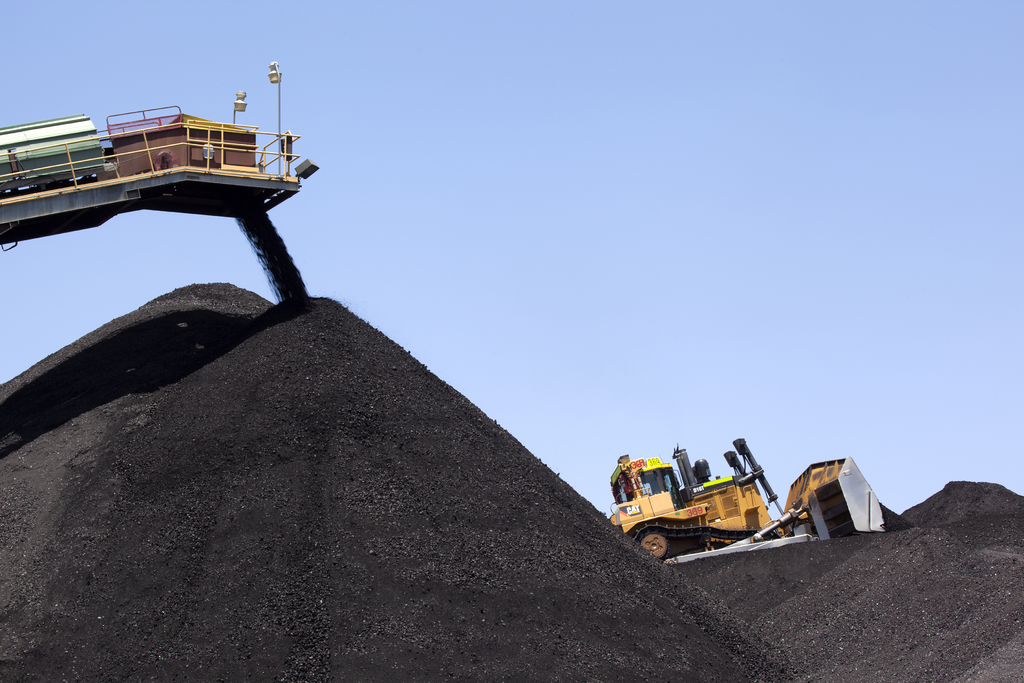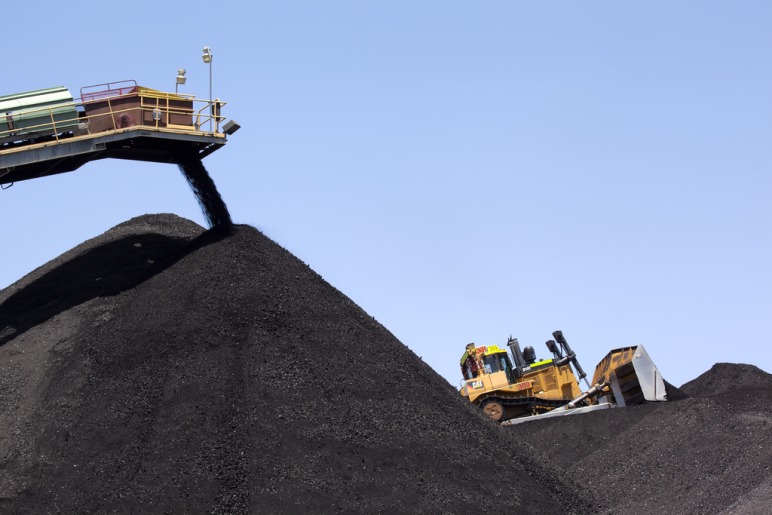Despite the Trump administration’s promise of a coal industry rebound, data from the US Energy Information Administration show that King Coal actually lost crucial ground in 2017: the nation’s electric utilities produced even less power from coal over the first 11 months of last year than they did over the same period in 2016.
It was a slight decline, but a remarkable one, given that 2016 was such a disastrous year for the industry. Even more remarkably, natural gas generation fell as well, by a whopping 9 percent compared with the first 11 months of 2016. Meanwhile, renewables and conservation soared: total electricity consumption fell by nearly 2 percent, while hydropower and wind generation shot up 13 percent each and solar generation grew by an astonishing 41 percent.
Still, not all the news was bad for coal last year. A spike in international coal prices boosted US exports, particularly for high-quality metallurgical coal used in steelmaking. Meanwhile, coal production in the vast Powder River Basin (PRB) in Montana and Wyoming ticked up by 7 percent, as coal from the region regained some lost ground from rival basins.

Yet even for the PRB, dark clouds overwhelm the silver lining: as the chart to the right shows, total production from the region is down about one-third from its all-time peak in 2008. And even the 7 percent increase last year hides bad news for many of the region’s mines. Three companies—Peabody Energy, Arch Coal, and the Kiewit Corporation—captured the lion’s share of the gains. But some other major producers actually saw their coal output fall.
Chief among the losers was Cloud Peak Energy, the basin’s third-largest coal company. Production at the company’s flagship Antelope mine, located in the southern PRB, fell by 4 percent for the year. The company’s Cordero Rojo mine saw an even larger decline of 11 percent, producing just 16.3 million tons for the year. As recently as 2012, Cordero’s production topped 39 million tons. The type of coal that Cordero produces—lower-quality sub-bituminous coal—has fallen out of favor with power plants, pushing down sales and prices for Cordero and its sister mines in the central PRB.
The coming year could spell even more bad news for Cloud Peak. In the company’s most recent investor call, executives admitted that costs were likely to rise at the Antelope and Spring Creek mines as the “strip ratio”—the amount of dirt that company has to move per ton of coal produced—was slated to increase. Strip ratios are a crucial determinant of coal costs: the more dirt a company has to move to get at its coal, the higher its costs for labor, fuel, and explosives, and the more wear and tear on its equipment.
Increasing strip ratios are a perpetual problem facing the US coal industry. Coal companies always start to mine in the most profitable places, where thick coal seams lie close to the surface. Over time, however, the coal seams tend to dip, thin out, or both, and the distance from the mine wall to where the coal is loaded into trains grows longer.

These trends boost the amount of labor needed. And like other big PRB mines, Cloud Peak’s mines show clear evidence of increasing labor costs and declining productivity.
There’s really no remedy for coal’s cost disease: it’s baked into the industry’s business model. But the exact opposite is true for renewables: costs have fallen substantially, and most analysts expect the declines to continue. And once they’re installed, wind and solar farms continue to produce power with little need for further spending on fuel, labor, or equipment. Fundamentally, the “war on coal” has been waged not by politics but by science and industry: coal suffers from perpetually rising costs, even as the costs of the alternatives keep falling, and falling, and falling.










